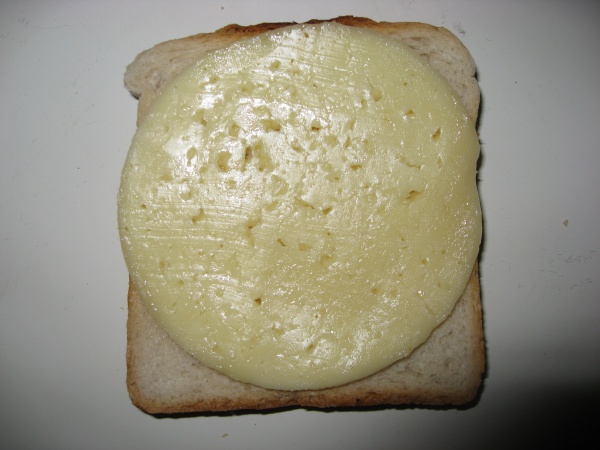Facts About Havarti
Havarti, also known as Cream Havarti, is a delightfully versatile semi-soft cheese made from cow's milk. You can slice it, grill it, or melt it to infuse your dishes with a touch of creamy richness. Originating in Denmark, Havarti was perfected by Hanne Nielsen on her farm in the 1800s. It's notable that the original Havarti cheese differs slightly from Cream Havarti in terms of production methods, taste, and texture.
The production of Havarti involves curdling milk with rennet, pressing the curds into molds, draining them, and then aging the cheese. This washed-curd cheese boasts a mild flavor and a smooth, rindless texture dotted with small, irregular holes known as "eyes." It has a buttery aroma, with a taste that can range from sweet to slightly acidic. For those who enjoy variety, Havarti is also available in various flavored versions.
Havarti production is significant in Denmark, the United States, Canada, and several other countries. Within the European Union, Denmark, Germany, and Spain are major producers. In North America, Wisconsin is the leading producer of Havarti in the U.S. Interestingly, Havarti is one of twelve cheeses recognized by the Codex Alimentarius for its distinctive characteristics.
Nutritionally, a 28-gram slice of Havarti contains 120 calories, 6 grams of protein, 11 grams of total fat, and 0.150 grams of calcium. In October 2019, the European Union granted Denmark exclusive rights to the name "Havarti" under the Protected Geographical Indication (PGI) status. This decision sparked controversy, particularly from the U.S. and other countries.
The Consortium for Common Food Names (CCFN) has opposed the EU's decision, arguing that Havarti is a generic cheese and should not be restricted by PGI status. They advocate for amending the EU's PGI rules to allow for regional names. Conversely, Danish producers are in favor of protecting the name "Danish Havarti."

 Germany
Germany